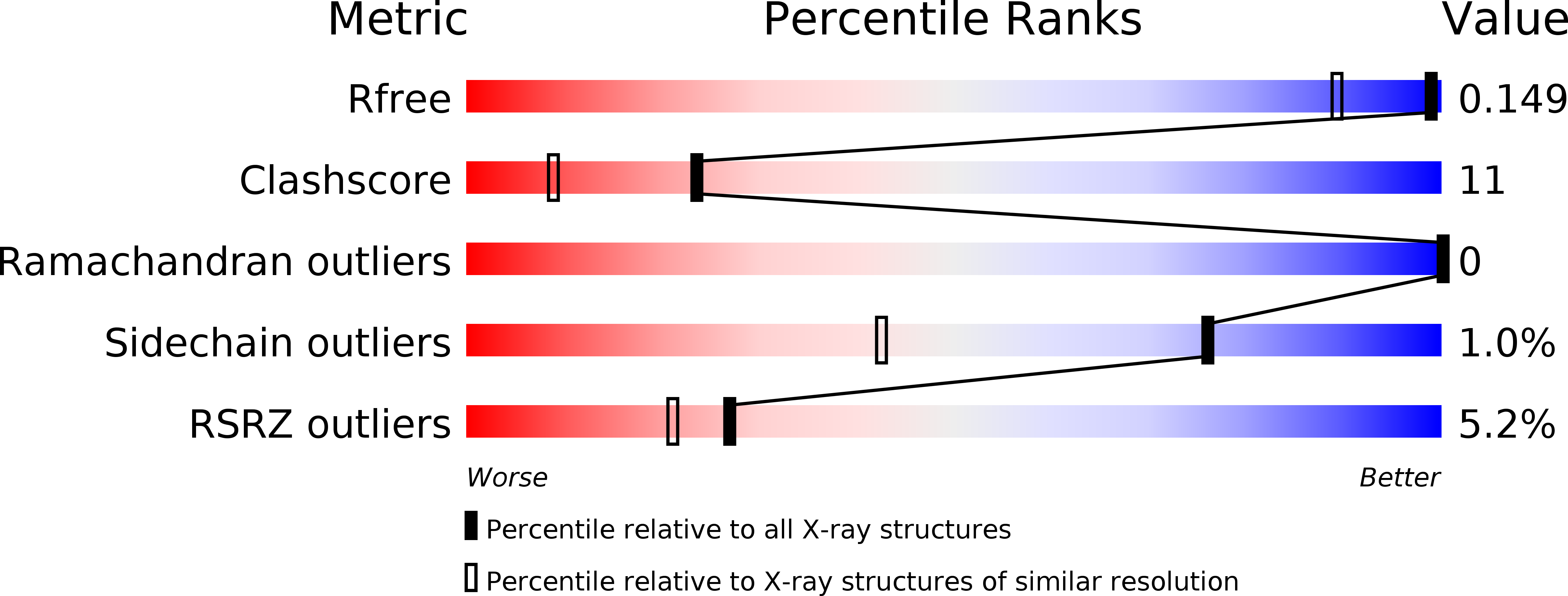
Deposition Date
2015-02-13
Release Date
2015-06-17
Last Version Date
2024-01-10
Entry Detail
PDB ID:
5AIF
Keywords:
Title:
Discovery and characterization of thermophilic limonene-1,2-epoxide hydrolases from hot spring metagenomic libraries. Tomsk-sample-Native
Biological Source:
Source Organism:
UNIDENTIFIED (Taxon ID: 32644)
Host Organism:
Method Details:
Experimental Method:
Resolution:
1.26 Å
R-Value Free:
0.13
R-Value Work:
0.11
R-Value Observed:
0.11
Space Group:
P 65


